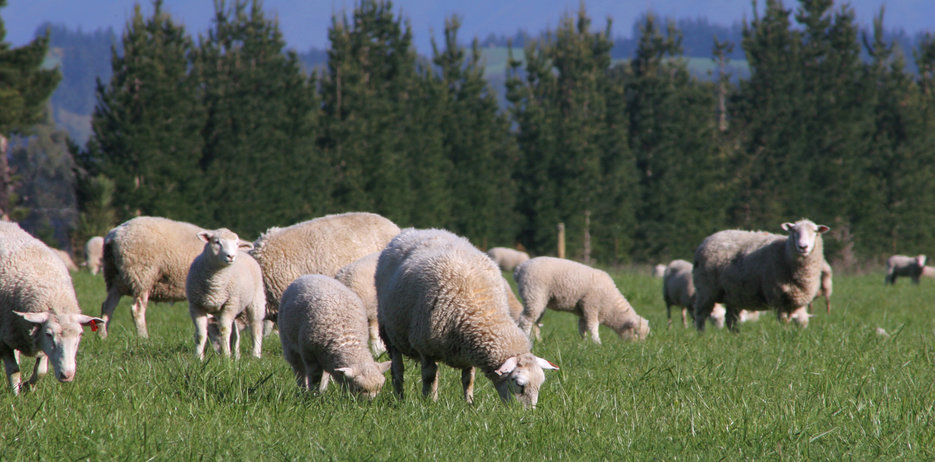And take some pressure off your budget, too
Visualise this. You’re a hard worker, ultra-efficient and great at your job. But your boss doesn’t put you to full use, even though times are tight. So frustrating!
You twiddle your thumbs and stew about how much more you could contribute if only you had a chance…
That’s what parts of your farm are doing right now. Take a walk today, and you’ll see them – pastures waving their arms and shouting: Hey, use us to the max, we’re here to help.
Utilise more of what you grow this season, and you’ll not only rein in costs but potentially lift production. Always a win, right? Even more so when budgets are stretched thin. Best of all, it’s free.
Shift the dial
Ever heard the phrase ‘turnover is vanity, profit is sanity’? You could say something similar about pasture.
When you get right down to it, the amount of grass you grow is not as important as how much of it gets eaten by your animals, and converted into premium protein.
Shifting the dial even slightly here can benefit your bottom line in a way nothing else will. That’s because nothing else is better for the budget than utilising your cheapest, most efficient form of feed to the max.
The good news? You can do this yourself, your animals will happily lend a hand (or mouth!), and it will give you back a feeling of control and direction at a time of financial uncertainty.

It all adds up
Some pasture always goes uneaten. But what if you could leave behind a bit less, by getting your animals to harvest a bit more from each grazing?
Say you improve pasture utilisation by 5-10% per ha. What would that add up to over a year? How much might you save on supplements, without compromising production?
Critically, how would your animals perform? We ask this because one of the most under-estimated gains from improved utilisation – if you do it correctly – is higher pasture quality.
.jpg?height=624&width=468)
principles in pasture management!
That’s right! When you (re)prioritise the first principles of pasture management, you don’t just build financial resiliency. You also feed your animals better, and they waste no time transforming that extra metabolisable energy into milk, meat and growth.
In your hands
Grow. Graze. Repeat. That’s the magic formula to feed animals well for around 10-20c per kilogram of dry matter.
Don’t get us wrong – supplements have their role. But it’s always going to be most economic to first make your pasture go as far as it can, then add whatever else might be necessary.
It’s just like using up what’s in the pantry or fridge before going shopping to buy extra ingredients for a meal. Only you don’t have to get creative in the kitchen!
Instead, focus 100% on grazing every pasture at the right stage, to the right height, every time (weather permitting), all year. Master this, and watch your utilisation climb, because each paddock will then be perfectly primed to grow and re-grow to its best.
Then what?
You’ve nailed the grazing sweet spot. Your pastures have never been better, and your animals are hoovering up what’s offered because they’re going on and off paddocks exactly when they should be for optimal grass yield and quality.
Consequently, they’re thriving, too, be it in terms of liveweight gain or milk in the vat.
So far you haven’t had to do anything except give under-utilised pastures a chance to work at full capacity. But what happens when they grow faster than even very well-managed animals can eat them?
Then it’s time to utilise some of them differently. In spring, for example, harvest light cuts of high quality silage, or take pasture out of rotation for crop, or renewal.
That way you’ll be able to keep the rest of the farm humming along in the profit mode of grow, graze, repeat.

Clean and tidy
Weeds are terrible for pasture utilisation.
Yes, controlling them is a cost. But you’re already paying a mortgage, rates and insurance on land where weeds grow, for zero financial return.
Animals don’t like eating around them and they shorten the life of your pastures.
If you can’t afford to spray all of them this year, that’s okay. Just do a really good job of getting rid of them in pastures that most need a clean-up, so they don’t keep undermining your performance.
Here to help
It’s tough out there right now, we know. That’s why we’re here to help you get the very best out of your pastures. For more detailed advice, book your free, personal Pasture Health Check today.


